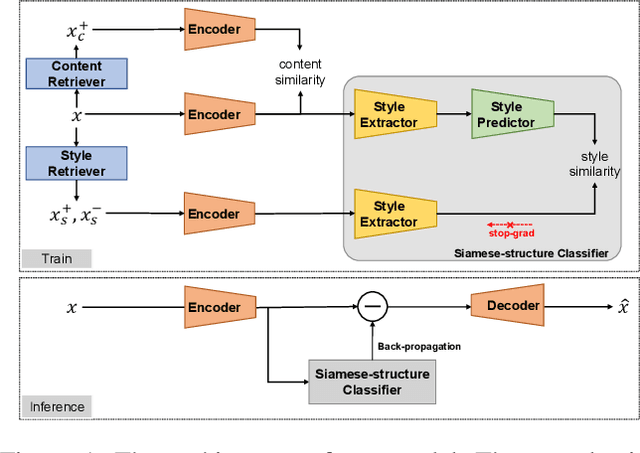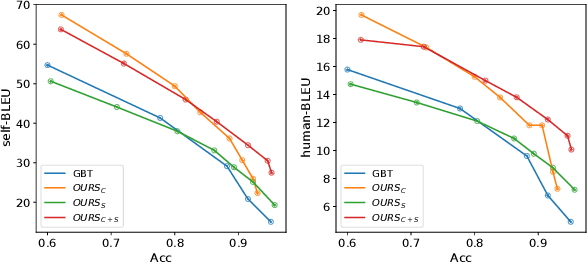Ziao Li
MFP-CLIP: Exploring the Efficacy of Multi-Form Prompts for Zero-Shot Industrial Anomaly Detection
Mar 17, 2025Abstract:Recently, zero-shot anomaly detection (ZSAD) has emerged as a pivotal paradigm for identifying defects in unseen categories without requiring target samples in training phase. However, existing ZSAD methods struggle with the boundary of small and complex defects due to insufficient representations. Most of them use the single manually designed prompts, failing to work for diverse objects and anomalies. In this paper, we propose MFP-CLIP, a novel prompt-based CLIP framework which explores the efficacy of multi-form prompts for zero-shot industrial anomaly detection. We employ an image to text prompting(I2TP) mechanism to better represent the object in the image. MFP-CLIP enhances perception to multi-scale and complex anomalies by self prompting(SP) and a multi-patch feature aggregation(MPFA) module. To precisely localize defects, we introduce the mask prompting(MP) module to guide model to focus on potential anomaly regions. Extensive experiments are conducted on two wildly used industrial anomaly detection benchmarks, MVTecAD and VisA, demonstrating MFP-CLIP's superiority in ZSAD.
High-Performance Inference Graph Convolutional Networks for Skeleton-Based Action Recognition
May 30, 2023



Abstract:Recently, significant achievements have been made in skeleton-based human action recognition with the emergence of graph convolutional networks (GCNs). However, the state-of-the-art (SOTA) models used for this task focus on constructing more complex higher-order connections between joint nodes to describe skeleton information, which leads to complex inference processes and high computational costs, resulting in reduced model's practicality. To address the slow inference speed caused by overly complex model structures, we introduce re-parameterization and over-parameterization techniques to GCNs, and propose two novel high-performance inference graph convolutional networks, namely HPI-GCN-RP and HPI-GCN-OP. HPI-GCN-RP uses re-parameterization technique to GCNs to achieve a higher inference speed with competitive model performance. HPI-GCN-OP further utilizes over-parameterization technique to bring significant performance improvement with inference speed slightly decreased. Experimental results on the two skeleton-based action recognition datasets demonstrate the effectiveness of our approach. Our HPI-GCN-OP achieves an accuracy of 93% on the cross-subject split of the NTU-RGB+D 60 dataset, and 90.1% on the cross-subject benchmark of the NTU-RGB+D 120 dataset and is 4.5 times faster than HD-GCN at the same accuracy.
Gradient-guided Unsupervised Text Style Transfer via Contrastive Learning
Jan 23, 2022



Abstract:Text style transfer is a challenging text generation problem, which aims at altering the style of a given sentence to a target one while keeping its content unchanged. Since there is a natural scarcity of parallel datasets, recent works mainly focus on solving the problem in an unsupervised manner. However, previous gradient-based works generally suffer from the deficiencies as follows, namely: (1) Content migration. Previous approaches lack explicit modeling of content invariance and are thus susceptible to content shift between the original sentence and the transferred one. (2) Style misclassification. A natural drawback of the gradient-guided approaches is that the inference process is homogeneous with a line of adversarial attack, making latent optimization easily becomes an attack to the classifier due to misclassification. This leads to difficulties in achieving high transfer accuracy. To address the problems, we propose a novel gradient-guided model through a contrastive paradigm for text style transfer, to explicitly gather similar semantic sentences, and to design a siamese-structure based style classifier for alleviating such two issues, respectively. Experiments on two datasets show the effectiveness of our proposed approach, as compared to the state-of-the-arts.
 Add to Chrome
Add to Chrome Add to Firefox
Add to Firefox Add to Edge
Add to Edge